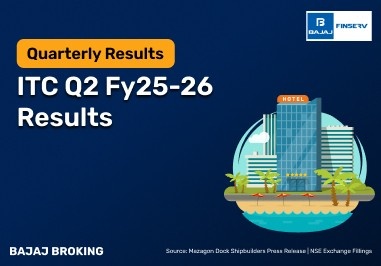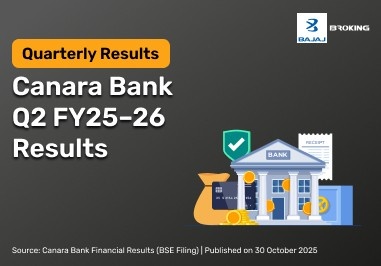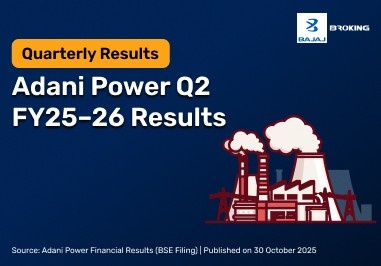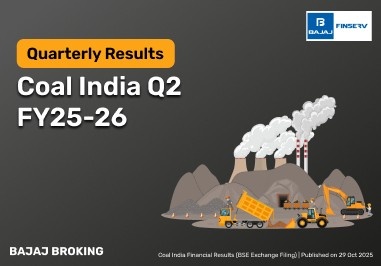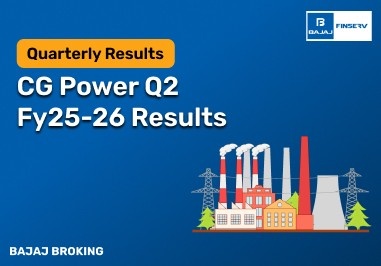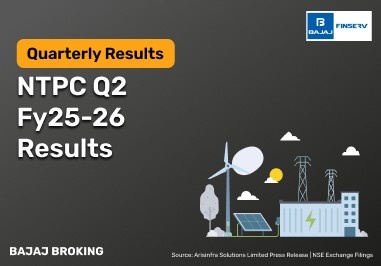A stop-loss would be the predefined price level at which a trader would want to close his or her investment position if the market starts moving against them. You can think of this as a safety net. In other words, once it reaches that level, the trade is closed automatically to save the trader from further losses.
Now that we have answered the question what is a stop loss, let’s move on to the essential aspects of stop loss that we should know about:
1. Risk Management Tool
Stop-loss helps in managing risk through the limitation of losses.
2. Automatic Execution
It places a limit order when the price level reaches it; thus, in terms of its nature, with no manual intervention, it is automatic.
3. See Flexibility
It can be run for a variety of trades such as stocks, commodities, and forex.
Why is a Stop-Loss Important in Intraday Trading?
Intraday trading is a game of minutes, and prices may swing incredibly fast. Hence, a stop-loss is almost inevitable to the trade for the reasons below:
1. Keeps Your Capital Intact
It makes sure that you never lose more than you can afford to.
2. Keeps Emotions in Check
It prevents panic or greed based decisions due to volatile market conditions.
3. Disciplined Trading
It forces you to adopt a system in trading and thus avoids impulsive actions to a great extent.
4. Balanced Risk-Reward
A proper risk-reward ratio is maintained which is quite necessary for earning profits in the long run.
5. Helps You Focus on Strategy
It helps traders to enable focus on their strategy, and not become captive to every move in prices.
Additional Read
RSI Period for Intraday
Steps to Calculating the Stop-Loss in Intraday Trading
Setting an effective stop-loss is partly scientific and partly artistic. But how to calculate stop loss? Here are steps to help guide you on how to accomplish this;
1. Determine Your Risk Tolerance
Percentage-Based: Determine the percentage you want to put at risk from your trading capital in one trade. This usually ranges between 1-2%.
Fixed Amount: You can also set the fixed amount of money you think you can afford to lose.
2. Analyzing Price Action
Levels of Support and Resistance: Determine important levels where the stock showed historical resistance or support to study price action.
Volatility Assessment: Consider the average volatility of the stock to avoid putting the stop-loss levels too tight.
3. Technical Indicators Implementation
Moving Averages: Moving averages, like the 50-day or 200-day moving average, can help in ascertaining the stop-loss level.
ATR: The average true range allows one to measure the volatility of the stock while keeping the stop-loss within the ordinary fluctuation in price.
Now that we know how to calculate stop loss let’s discuss how to calculate target price.
What is the Target Price?
It is the price at which the trader intends to close his respective position for an expected profit. Think of it as your goal post in a game:
1. Profit Objective
A price where you intend to sell for profits.
2. Strategic Planning
It helps in strategizing exits in the most profitable way.
3. Analysis Defined
This would generally be based on technical analysis and trends in the market.
Steps to Calculating the Target Price in Intraday Trading
Knowing what is the target price is only the first step. There are more steps to be followed in order to learn how to calculate the target price. for this have been outlined below.
1. Defining Profit Goals
By Percentage: This is similar to stop-loss, where we set a profit percentage target, say 2-3% over the purchase price.
Fixed Amount: A fixed amount of monetary gain you would want to achieve.
2. Analyzing Market Conditions
Trend Analysis: One needs to study the trends of the market to assess where the prices can likely move.
Volume Indicators: Volume trends are used to know the strength of the price movement.
3. Apply Technical Indicators
Resistance Levels: There are historical resistance points throughout the chart, and beyond which the stock might go but may be subjected to selling pressure.
Fibonacci Retracement: You can use Fibonacci levels, which are helpful in predicting the points of reversal of a stock, and accordingly set the target price.
Where to set stop loss level?
When you place a stop loss, you are essentially deciding how much downside you are personally comfortable with. The level you choose depends on your risk appetite, the price volatility of the asset, and the timeframe of your trade. You may consider the following factors when deciding where to place your stop loss:
Define your risk tolerance:
You need to understand how much you are willing to risk on a single position. This helps you set a loss limit that suits your goals and mindset.
Consider price volatility:
Highly volatile stocks may need a wider stop loss range, while stable stocks might require a tighter level.
Match your trading timeframe:
If you are trading intraday, your stop loss will likely be closer to the entry price than it would be for long-term trades.
Avoid emotional decisions:
You should decide your stop loss before entering the trade, not during price swings.
Calculate stop loss using the percentage method
The percentage method allows you to define your stop loss based on a fixed percentage of the asset’s price. You first decide what portion of the trade’s value you are comfortable risking. For example, if you are willing to risk 2% of a stock worth ₹1,000, your stop loss would be ₹980. You can calculate it using this formula:
Stop Loss Price = Entry Price – (Entry Price × Percentage Risk)
You might find this method straightforward if you prefer clear boundaries. It helps you stay disciplined by keeping your risk consistent across trades. However, you also need to think about whether that percentage makes sense in the context of market volatility. If the percentage is too small, normal price fluctuations could trigger the stop loss too early. You can review historical movements to refine your stop loss percentage, making it more relevant to your trading experience and comfort level.
Calculate stop loss using the support method
The support method focuses on price levels where the stock has historically bounced back after falling. If you notice a consistent support zone for a stock, you might consider placing your stop loss just below that level. The idea is that if the price falls below the support, it could continue further downward.
To apply this, you can identify support levels by looking at recent price charts—especially the lows that have held firm multiple times. Once you identify the most relevant support level, you can place your stop loss just beneath it. It is not an exact science, and what works in one scenario may not hold in another. You need to constantly assess how strong the support appears and how frequently the price tests that level. You may also consider combining this method with other tools, such as volume trends, to gain confidence in your chosen level.
Calculate stop loss using the moving averages method
Using moving averages to set a stop loss involves tracking price movements against a chosen average, such as the 20-day or 50-day moving average. If you are using a short-term strategy, the 20-day moving average might be more relevant. In this method, your stop loss is usually placed just below the selected moving average line.
Let us say a stock is trading at ₹600 and the 20-day moving average is at ₹580. If you are entering the trade based on that trend, your stop loss might be placed slightly below ₹580. This approach helps you align your stop loss with the general market direction. However, it also means you need to be aware of false breakouts or sudden market shifts that can hit your stop loss prematurely. It is important for you to choose the right moving average for your trading horizon and revisit it often as prices and patterns change.
Common Mistakes to Avoid When Setting Stop-Loss and Target Prices
These are the levels to set, but mistakes on your part can undo your strategy. Here's what to watch for:
1. Setting Stops Too Tight
Avoid setting stop-loss levels too close to the purchase price, thus causing premature exits.
2. Ignoring Market Volatility
Failure to provide for normal market fluctuations can cause stops to be tripped for no good reason.
3. Overestimating Targets
Unrealistically high target prices can result in missing profit opportunities.
4. Inflexibility
Rigidity to predefined levels, completely out of tune with the changing market scenario.
5. No Technical Analysis
The ignorance of the vital technical indicators and support/resistance levels.
Advanced Strategies for Stop-Loss and Target Price Setting
Advanced strategies can help fine-tune the setting of stop-loss and target prices for seasoned traders as follows:
1. Trailing Stop-Loss
Dynamic Adjustment: Ensure that your stop-loss level gets changed automatically when stock price moves in your favor to protect gains.
2. Partial Profit Booking
Scaling out: Sell fractions of your position at different target levels to lock in profits achieved at those levels.
3. Risk-Reward Ratio
Strategic planning: Make sure your trades are done only when the risk-to-reward ratio is very decent, say, 2:1 or higher.
Conclusion
The proper stop-loss and target price calculation can be instrumental in successful intraday trading. Understanding these concepts, and putting in place the relevant steps and strategies, definitely enhance trading performance and lower such risk factors.
Disclaimer: Investments in the securities market are subject to market risk, read all related documents carefully before investing.
This content is for educational purposes only. Securities quoted are exemplary and not recommendatory.
For All Disclaimers Click Here: https://bit.ly/3Tcsfuc




